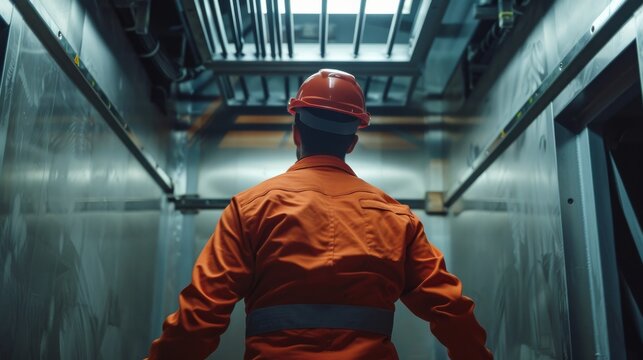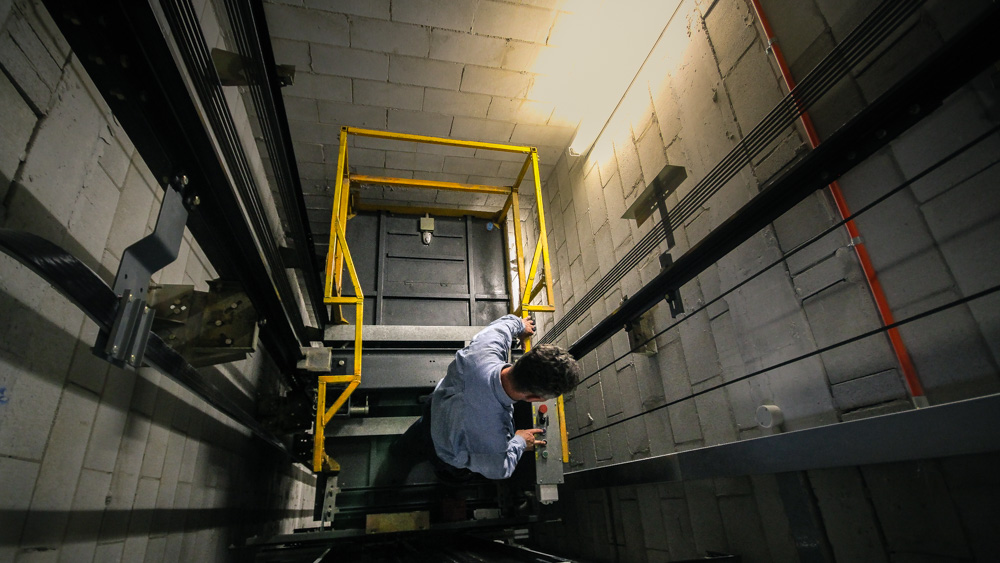Reliable Lift Maintenance Programs to Improve Safety And Security and Performance
Reliable Lift Maintenance Programs to Improve Safety And Security and Performance
Blog Article
Exploring the Comprehensive Measures Required for Lift Upkeep
In the realm of building upkeep, guaranteeing the proper functioning and safety of lifts is vital. The complexity of lift systems requires a precise strategy to upkeep. From regular inspections to strategic innovation strategies, an alternative sight of maintenance is necessary. Nevertheless, in the ever-evolving landscape of lift technology and safety and security requirements, there are extensive actions that need to be carefully followed to assure ideal efficiency and conformity. By resolving key elements such as aggressive maintenance schedules, safety and security checks, and emergency situation readiness, an extensive understanding of the ins and outs associated with lift maintenance can bring about improved efficiency and security.
Normal Examinations
When it involves ensuring the longevity and safety and security of your lift system, regular assessments are extremely important. These regular checks play a vital duty in recognizing any prospective problems before they rise right into major troubles, ensuring the secure and smooth procedure of the lift. By conducting routine evaluations, maintenance groups can proactively attend to deterioration, faulty components, or any type of other problems that might jeopardize the lift's performance or security.
During these examinations, trained experts thoroughly analyze numerous aspects of the lift system, consisting of mechanical elements, electrical systems, safety and security features, and general structural honesty (lift maintenance contract). They search for signs of wear, corrosion, leaks, or any type of anomalies that can indicate a problem. In addition, they verify that all security mechanisms are working correctly and in conformity with laws. By finding and attending to issues beforehand, these examinations assist prevent expensive repair work, downtime, or safety and security risks, inevitably expanding the lifespan of the lift system and guaranteeing the well-being of its customers.
Aggressive Maintenance Schedules
Executing aggressive upkeep routines is essential for optimizing the effectiveness and longevity of lift systems. By adhering to a positive maintenance method, lift owners can attend to possible problems prior to they escalate right into significant issues, ultimately minimizing downtime and expensive fixings.
A well-structured positive upkeep routine need to outline specific jobs, regularities, and responsible workers. It is vital to comply with maker referrals and industry criteria when creating these routines to make certain the lift operates safely and effectively. Additionally, recording upkeep tasks and maintaining detailed documents can provide useful insights into the lift's efficiency in time, aiding in making and identifying patterns educated upkeep decisions.

Safety Compliance Checks
Guaranteeing security compliance with comprehensive checks is critical in maintaining lift systems' reliability and securing user wellness. Safety conformity checks include a thorough assessment of various parts, consisting of electric systems, mechanical components, emergency brakes, doors, and various other essential security functions. These checks are vital to determine any type of prospective hazards or malfunctions that could compromise the lift's operation and put individuals in jeopardy.
Normal safety conformity checks must be performed by qualified specialists in adherence to industry guidelines and criteria. These checks help in spotting problems at an early stage, permitting prompt repairs and preventive upkeep procedures to be executed. In addition, maintaining thorough documents of safety and security conformity checks is crucial for tracking the lift anchor system's performance gradually and showing compliance with security policies.
Equipment Upgrades and Modernization
Enhancing lift systems with equipment upgrades and modernization is vital for boosting effectiveness and security standards in vertical transport. As technology advances, older lift systems might become outdated, bring about decreased integrity and prospective security risks. By buying tools upgrades and innovation, building owners can make certain that their lifts fulfill current sector criteria and regulations.

In addition to functional advantages, tools upgrades and innovation jobs can likewise improve the visual appeals of the lift, supplying an extra enticing and modern experience for passengers. Inevitably, spending you could try these out in lift upgrades and modernization is a positive method in the direction of making sure the longevity, safety and security, and performance of vertical transportation systems.
Emergency Preparedness Preparation
An effective emergency readiness strategy is crucial for making sure the safety and quick response in case of unanticipated events entailing lift systems. Emergency situation readiness planning for lift systems includes a systematic strategy to reduce threats, ensure traveler safety, and minimize downtime during emergency situations.
Trick parts of an emergency preparedness prepare for lifts consist of clear interaction procedures, normal training for lift operators on emergency treatments, and regular drills to test the efficiency of the plan. lift engineer. Additionally, the plan needs to detail specific duties and duties for all stakeholders entailed, consisting of structure management, upkeep personnel, and emergency responders
In case of a lift breakdown or entrapment, having a well-defined emergency plan can aid in working with a efficient and prompt response to ensure the safety and well-being of guests. Timely interaction, access to emergency situation devices such as communication devices and emergency illumination, and knowledge of emptying treatments are necessary aspects of a comprehensive emergency readiness plan for lift systems. By focusing on emergency situation readiness preparation, building managers can improve the general safety and security and integrity of their lift systems.
Conclusion
In verdict, the detailed actions required for lift upkeep consist of regular examinations, proactive maintenance timetables, safety conformity checks, tools upgrades and modernization, and emergency situation preparedness preparation. These actions are important for making sure the safety, integrity, and performance of lifts in various setups. By implementing these actions, lift proprietors can reduce the risk of mishaps, prolong the life expectancy of their tools, and abide by market policies.

Throughout these evaluations, trained experts extensively check out different elements home of the lift system, consisting of mechanical elements, electrical systems, safety features, and overall structural integrity.Making sure security conformity through thorough checks is vital in preserving lift systems' reliability and protecting user health. Maintaining comprehensive records of security conformity checks is essential for tracking the lift system's efficiency over time and showing compliance with security laws.
By focusing on emergency situation readiness preparation, structure supervisors can enhance the general security and reliability of their lift systems.
Report this page